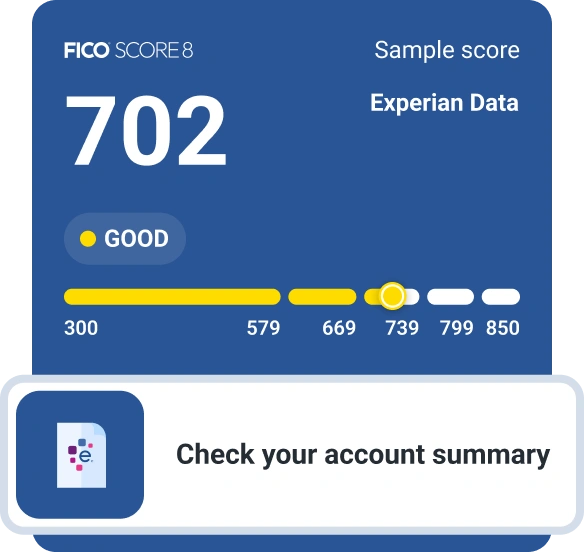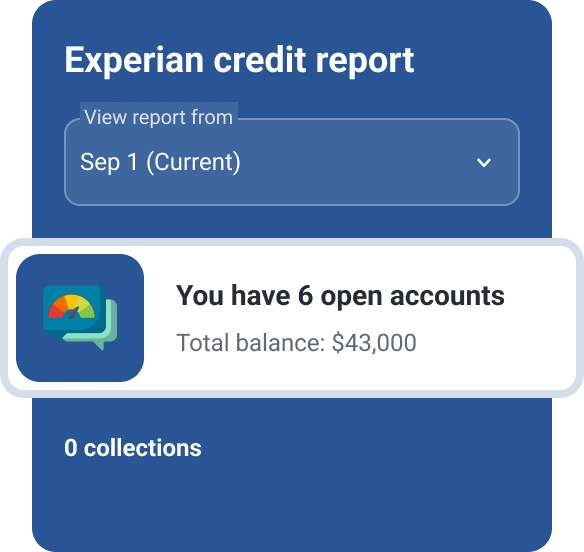What Is the Best Credit Utilization Ratio?
Quick Answer
Generally, the best credit utilization rate is in the single digits. You can lower your credit utilization rate by paying off credit card balances and increasing your total available credit with a credit limit increase or new card.
Your credit utilization ratio, also called a utilization rate, is a number that shows the percentage of available credit you're using on your revolving credit accounts, such as credit cards. A lower credit utilization ratio is better for your credit scores, but a little utilization is better than none at all. As a result, the best revolving credit utilization ratio may be 1%. However, you don't need a 1% utilization ratio to have an exceptional credit score. Keeping your utilization in the low single digits could be good enough.
| 2010 | 2021 | 2022 | 2021-2022 Change | |
|---|---|---|---|---|
| Utilization ratio | 27% | 26% | 28% | +2 percentage points |
Source: Experian
How Much Credit Should I Use?
If you're focused on having excellent credit scores, a credit utilization ratio in the single digits is best. So, for example, if your credit limits across all of your credit cards add up to $10,000, keeping your total credit card usage under $1,000 will be best for your scores. If you need to occasionally use more credit to cover your bills or pay for an emergency, however, that's not necessarily bad for your credit in the long run—as long as you pay down the balance as quickly as possible.
Credit utilization is an important credit scoring factor across all the various credit scoring models, but most credit scores only consider the current balances and credit limits on your credit report—it's a snapshot of where you stand when your score is calculated. (If you're unsure about the math, here's a closer look at how to calculate credit card utilization.)
Having a high utilization ratio one month may hurt your score. But once you pay down your balance and your card issuer sends an updated balance to the credit bureaus, your credit utilization goes down as well. As a result, you could quickly see an improvement in your credit scores.
It's also important to understand that credit card companies generally report your account balance around the end of your billing period. As a result, you could have a high utilization ratio even if you pay your bill in full, because the bill usually isn't due until around 21 to 25 days after you receive it.
If you frequently use your credit card to earn rewards or for the purchase protections it offers, you could pay down your balance during the billing period instead of waiting until just before the due date. Your card company will then report the lower current balance to the credit bureaus, which can lead to a lower utilization ratio and better scores.
How to Lower Your Credit Utilization Rate
Your credit utilization ratio is calculated using your credit limits and current balances, which means you can lower your utilization ratio by increasing your available credit or lowering your reported balance.
Pay Off Credit Card Balances
If you're carrying a balance, make an extra effort to pay off your credit card debt. You may also want to stop using your credit cards to limit how much new debt you add to your card's balance.
Request a Credit Limit Increase
You can ask your card issuer to increase your credit limit. Card issuers don't have to say yes, and likely won't if you just opened your card or haven't managed your account responsibly. But it's worth asking, particularly if you haven't missed any payments, usually pay more than the minimum due and won't take advantage of the increase by running up your balance. Also, update your income information whenever it rises: Card issuers may proactively raise your credit limit as your income increases, or may be more likely to say yes if you request a credit limit increase.
Open a New Credit Card
Opening a new credit card can also increase your total available credit. That might not be a good enough reason to open a new card, and opening a new card could impact your credit scores in several ways. However, having a few cards can make it easier to maintain a low utilization ratio than if you have only one.
If you decide opening a new card might be a good move, do your research and choose a card you're likely to be approved for before applying. If you apply for multiple credit cards at once, your credit scores could suffer. If you're not sure which credit card might be right for you, you can compare cards you may qualify for using Experian's free comparison tool.
Keep Your Credit Cards Open
Even if you've stopped using a credit card, keeping the card open increases the amount of available credit you have, which can contribute to a lower utilization ratio. If the card has an annual fee, it might not be worth keeping unless you benefit from the card in other ways. But rather than closing your account, you could call the issuer and ask if you can change to another card the issuer offers without an annual fee.
Use a Loan to Consolidate Credit Card Debt
Credit utilization ratios only consider the balances and limits on revolving credit accounts—credit cards and lines of credit. If you use a personal loan to pay down credit card balances, you're moving the debt from a revolving account to an installment account. The primary motivation for consolidating credit card debt is to lower your interest rate or monthly payment. But now you know why consolidating credit card debt could also help your credit scores.
Check and Monitor Your Credit and Utilization
You can calculate your credit utilization by comparing the current balances and credit limits for revolving accounts on your credit report. Additionally, when you check your credit report with Experian (which you can do for free), your credit utilization ratio will automatically be calculated and displayed. You can also look at each of your accounts to see their current individual utilization ratio. Both overall utilization and individual account utilization are considered in your credit score calculation.
What makes a good credit score?
Learn what it takes to achieve a good credit score. Review your FICO® Score for free and see what’s helping and hurting your score.
Get your FICO® ScoreNo credit card required
About the author
Louis DeNicola is freelance personal finance and credit writer who works with Fortune 500 financial services firms, FinTech startups, and non-profits to teach people about money and credit. His clients include BlueVine, Discover, LendingTree, Money Management International, U.S News and Wirecutter.
Read more from Louis

